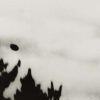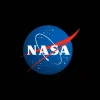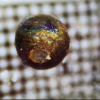Astronomers have spotted a new type of storm on Saturn0
- From Around the Web, Space
- October 29, 2019
The tempests are larger than other squalls but smaller than massive Great White Spots
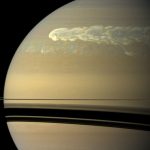
The tempests are larger than other squalls but smaller than massive Great White Spots
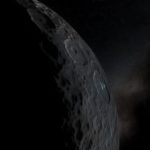
A large asteroid could be reclassified as a dwarf planet — which could make it the smallest in the solar system — after new research revealed it’s shape, astronomers said on Monday.

In the future, we’re expected to have sites on other planets, and the conflict about it is that if they should be called settlement or colonization.
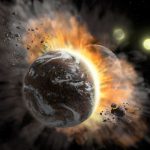
Astronomers using NASA’s Stratospheric Observatory for Infrared Astronomy (SOFIA) have observed an unusually warm, dusty debris disk around BD +20 307, a binary star system located 300 light-years away in the constellation of Aries. Their results suggest that an extreme collision between two rocky planetary bodies is the most likely origin for the warm dust in the BD +20 307 system.
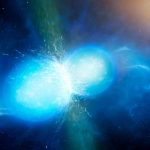
The find supports the idea that these smashups create many of the elements heavier than iron

‘We’re looking forward to working together as we try to answer one of the most profound questions about our place in the universe: Are we alone?’
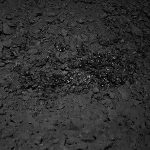
China has published a new image showing the strange substance found by Yutu-2 on the dark side of the Moon.
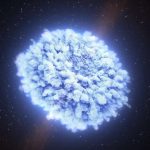
Two years ago astronomers for the first time observed the collision of two neutron stars, which created gravitational waves and light and created heavy elements such as gold, platinum and lead. These elements were scattered across the universe in a kilonova — similar to a supernova — after the initial fireball.

Draper, Lockheed Martin and Northrop Grumman join the team.
